June 14, 2024 & June 15, 2024
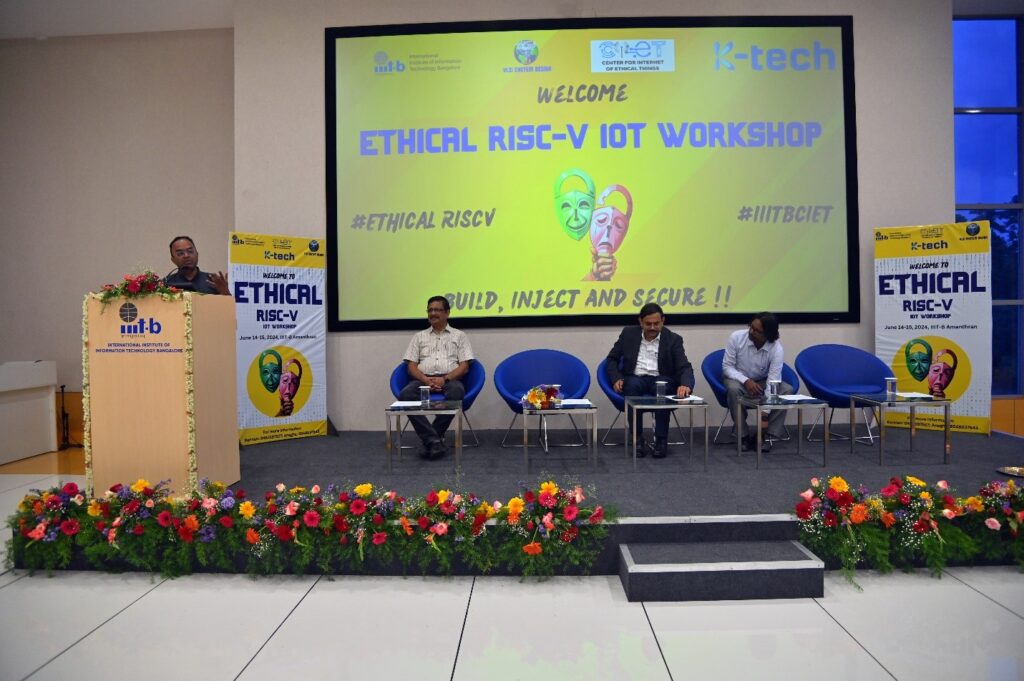
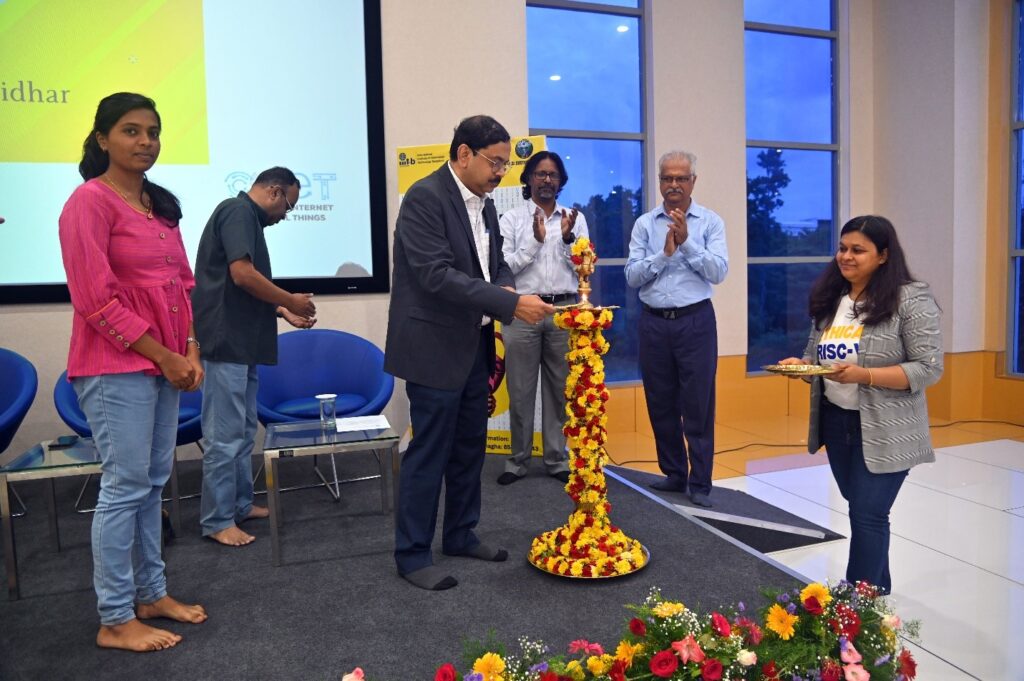
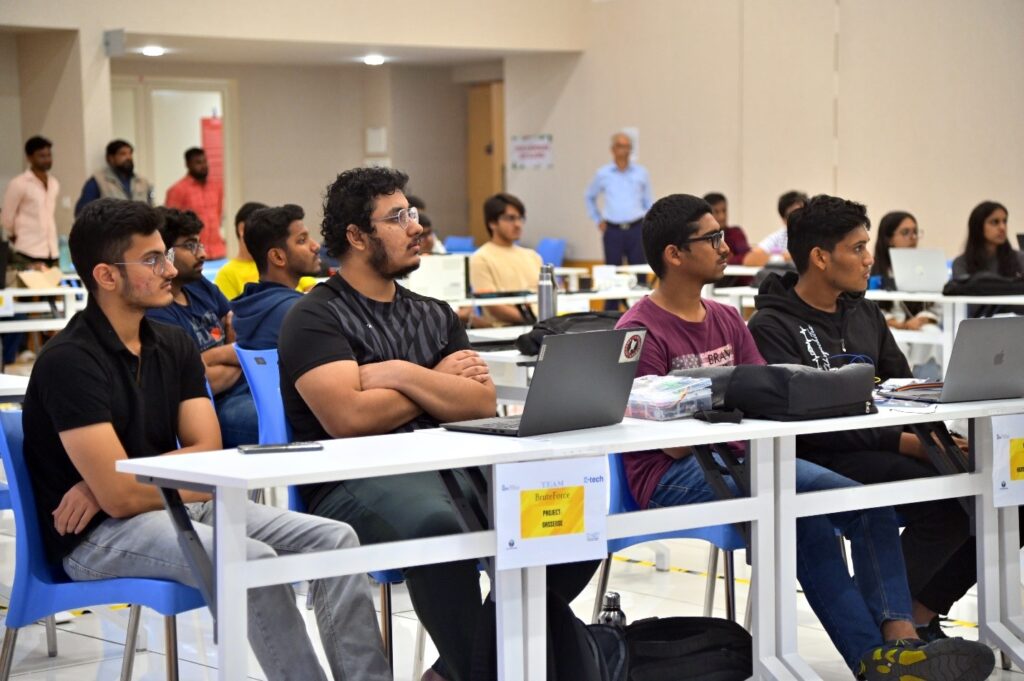
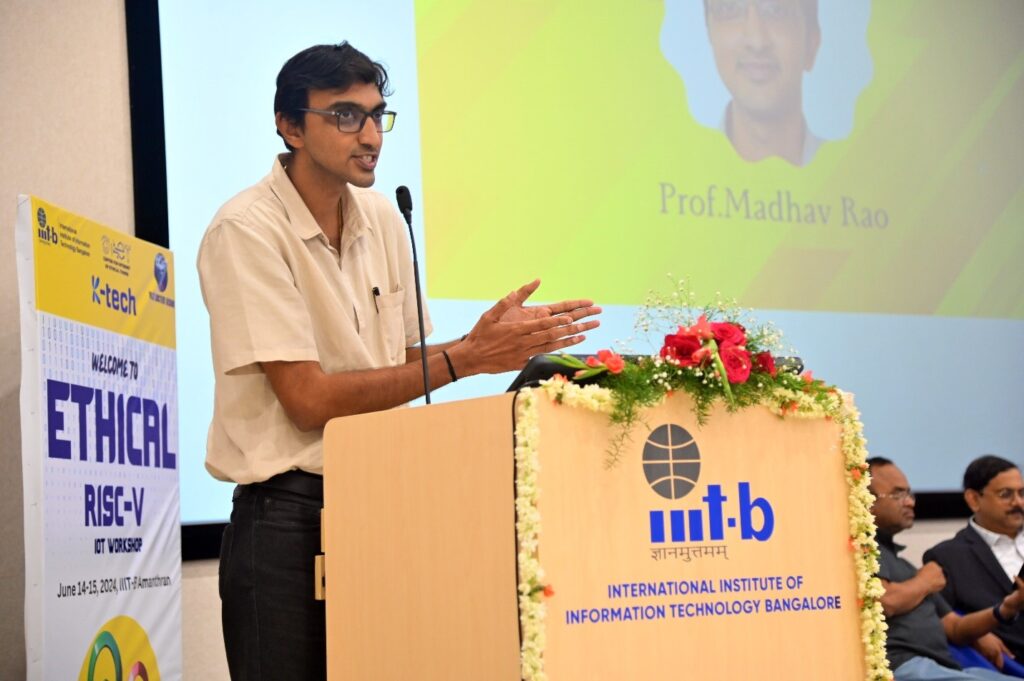
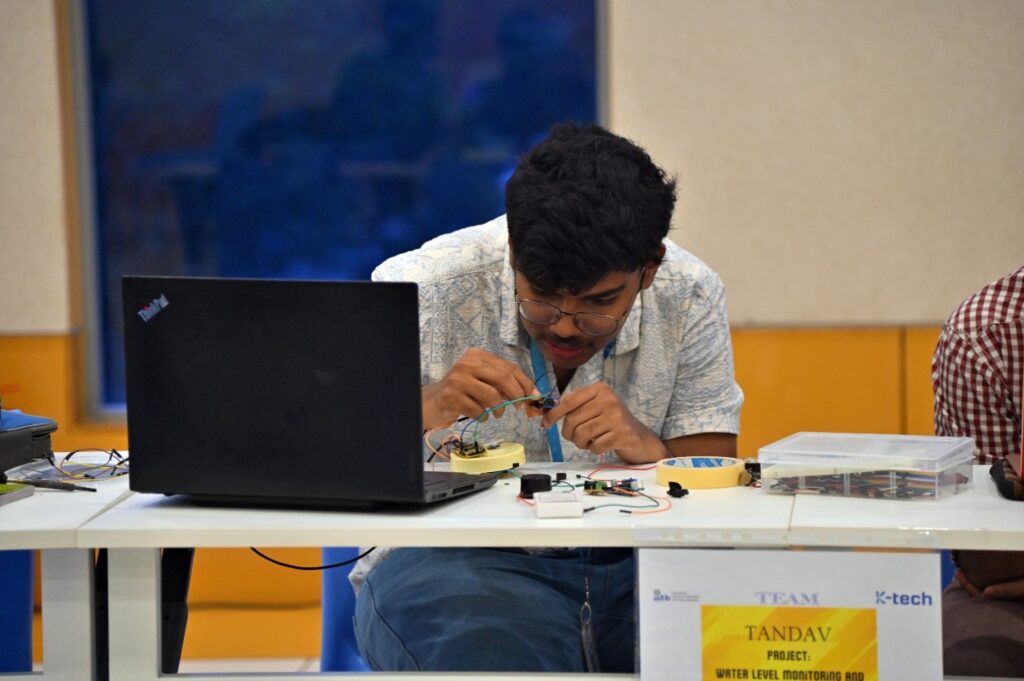
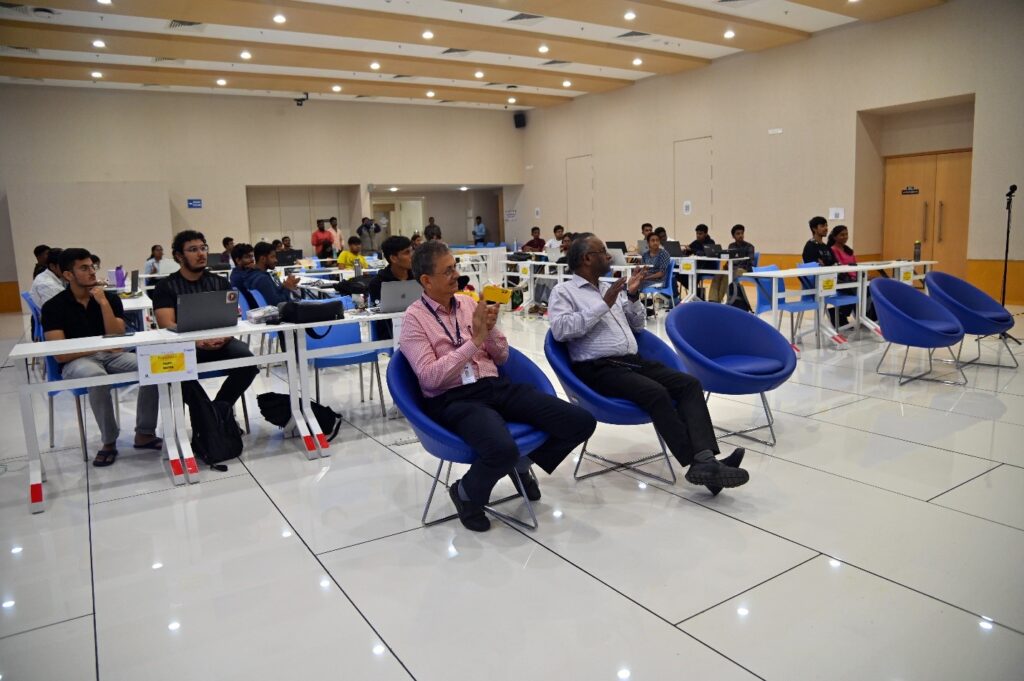
Introduction
The “Ethical RISC-V IoT Workshop” held at IIIT Bangalore, in partnership with VLSI System Design (VSD), was a pivotal event that gathered innovative minds to explore real-world challenges in the realm of IoT and embedded systems. Spanning from May 9 to June 15, 2024, the workshop was structured as an educational competition, encouraging hands-on learning, testing, and securing of IoT applications. The event culminated in a showcase of top innovations and an award ceremony, recognizing the creativity and technical prowess of the participants.
Workshop Structure and Levels of Competition
The workshop was designed across three levels, each progressively enhancing participants’ skills in utilizing RISC-V technology in IoT projects.
Level 1: Building the Application
At the foundational level, participants were introduced to the RISC-V VSDSquadron Mini board, the primary hardware used in the workshop. This stage emphasized understanding the board’s architecture and components such as LEDs, push buttons, and I/O connectors, guiding participants to develop functional applications using the board. This foundational knowledge set the stage for the more advanced challenges ahead.
Level 2: Injecting Faults
In the second level, participants were introduced to fault injection, a crucial concept in testing the robustness of embedded systems. They were tasked with deliberately injecting faults into their C code by altering voltage levels or clock signals. This simulated real-world scenarios where hardware may face electrical disturbances, allowing participants to explore how systems behave under stress and how to devise mitigation strategies.
Level 3: Enhancing Security
The final level centered around securing the applications developed in the earlier stages. Participants had to protect their applications against the faults introduced in Level 2, implementing error-handling routines, redundant code paths, and utilizing hardware-based security features. This stage emphasized the importance of reliability and security, critical for robust IoT systems.
Project Showcase
The workshop showcased an array of innovative projects, each addressing different IoT and embedded systems challenges. Notable projects included:
- Fire Detection System: A safety mechanism to detect and alert in case of fire.
- LiFi Lock: A security system leveraging LiFi technology for secure access control.
- Water Level Indicator: A monitoring system for domestic and agricultural water levels.
- LPG Gas Leakage Detector: A device aimed at detecting LPG gas leaks to prevent hazards.
- Error Detection and Correction System: Utilizing Hamming Code for data integrity on the VSDSquadron Mini board.
- Traffic Signal Automation with Ambulance Detection: A smart system prioritizing emergency vehicles.
- Smart Plant Care: An IoT solution for monitoring and maintaining plant health.
- Soldiers Health Monitoring and GPS Tracking: A system for health monitoring and location tracking in military operations.
- IoT Health Monitor: A remote health monitoring solution integrating IoT into healthcare.
Participation and Feedback
Out of 100 participating teams, 26 were selected to showcase their projects at IIIT Bangalore. The month-long hackathon challenged participants to develop real-world solutions while managing the intricacies of fault injection and security measures. Coding directly into the RISC-V board was a unique learning experience for many. Expert feedback, including insights from Prof. Madhav Rao, added significant value to the participants’ growth and learning.
Conclusion
The Ethical RISC-V IoT Workshop proved to be a success, providing participants with a platform to tackle real-world IoT challenges while honing their skills in application development, fault injection, and security enhancement. The innovative projects developed during the workshop stand as a testament to the technical and creative capabilities of the participants.’ dedication and ingenuity. The event not only highlighted the potential of RISC-V technology in IoT applications but also underscored the importance of ethical considerations in developing secure and reliable systems.
